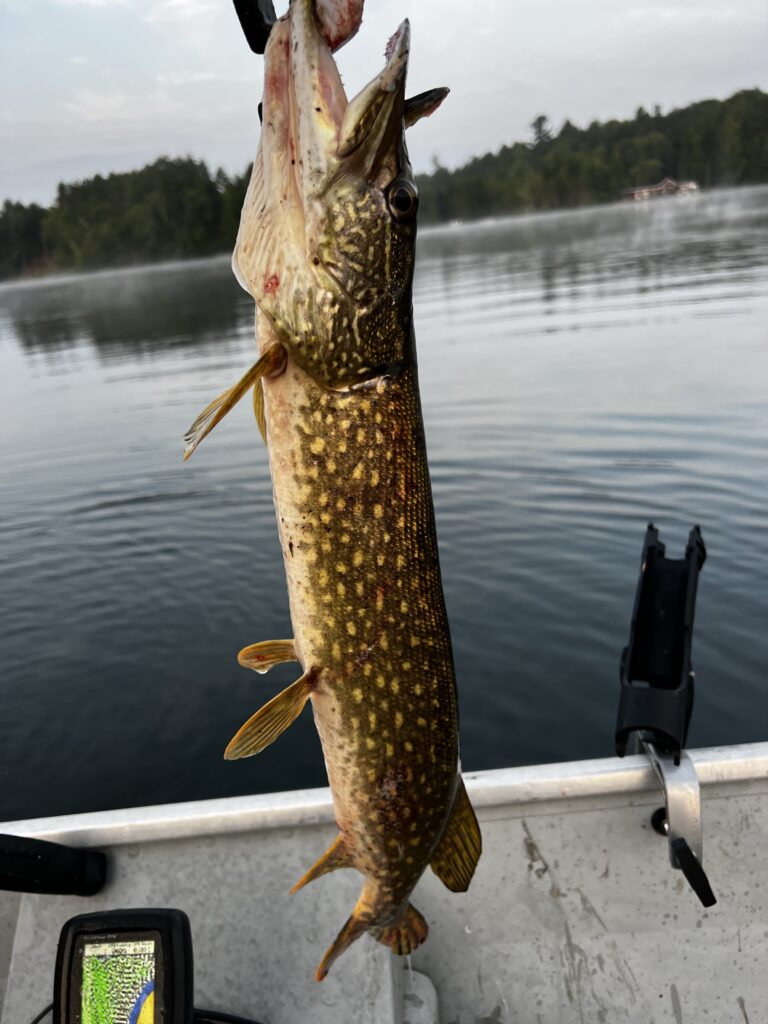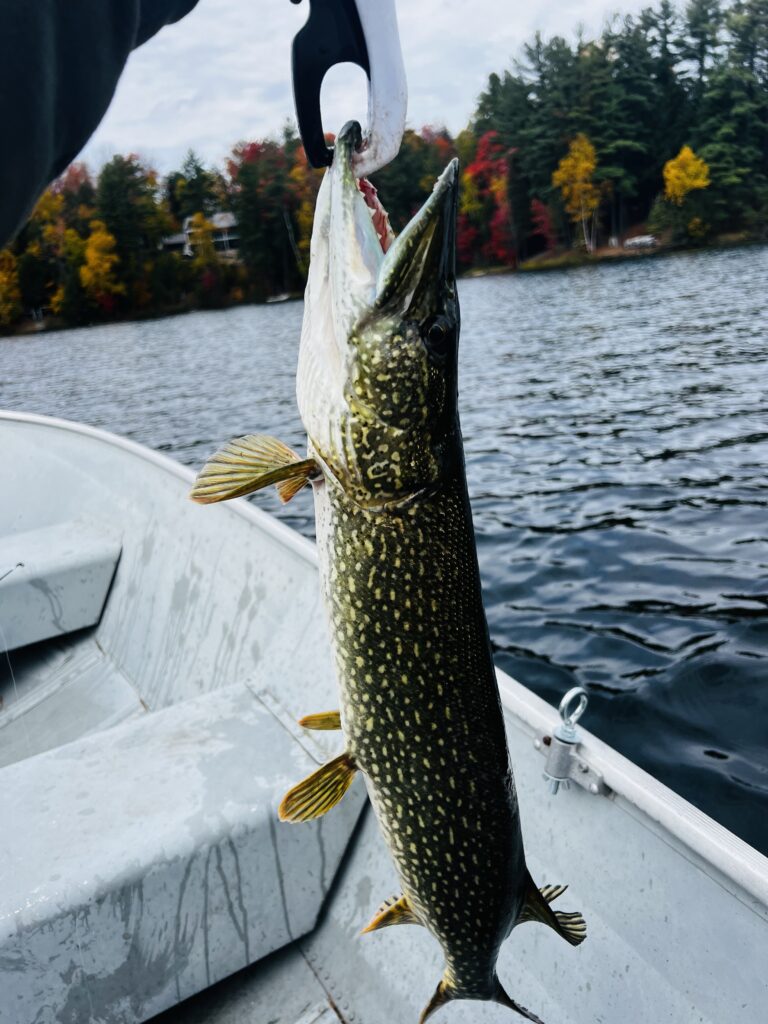The Northern Pike, known scientifically as Esox lucius, is a species of carnivorous fish native to the northern hemisphere, including North America, Europe, and Asia. It’s a sought-after game fish, recognized for its fighting prowess and its significance in freshwater ecosystems. Anglers respect the pike for its aggressive nature and the challenge it presents. In this post, we’ll explore the fascinating world of the Northern Pike, uncover the best tactics to catch this elusive predator, and share an intriguing recipe that showcases its culinary potential.
Understanding the Northern Pike
Northern Pike are apex predators in their habitats, often found in slow-moving or still waters. They prefer weedy areas where they can ambush prey, including fish, amphibians, and even small mammals or birds that fall into the water. They are easily identifiable by their elongated bodies, olive green color with white to yellowish spots, and their distinctive duck-billed shaped mouth filled with sharp teeth.
Tips for Catching Northern Pike
1. Know the Waters
Pike are ambush predators, so look for them in areas with plenty of cover. Weedy bays, along the edges of reeds, and sunken structures are their favorite hunting grounds. Understanding the topography of the lake or river you’re fishing in can greatly increase your chances of success.
2. Use the Right Gear
A medium to heavy rod with a fast action is ideal for pike fishing, allowing for quick casts and strong hooksets. Braided line is preferred for its strength and sensitivity, with a weight range of 20-30 lbs being a good choice. Because pike have sharp teeth, always use a leader to prevent them from biting through the line. Steel leaders are the most common choice.

3. Choose Effective Lures
Pike are known to strike at a variety of lures, but some are more effective than others:
- Spoons: Their erratic, reflective movement mimics injured fish.
- Spinnerbaits: The vibration and flash are irresistible to pike.
- Plastic Swimbaits: These can be rigged to mimic the pike’s natural prey.
- Topwater Lures: Providing exciting surface action, they’re best used in the early morning or late evening.
4. Perfect Your Technique
Cast near the edges of weed beds or submerged structures and retrieve your lure in a way that mimics injured prey. The key is to vary your retrieval speed and pattern until you find what works, as pike can be unpredictable.

Cooking Northern Pike: A Delicious Recipe
After a successful catch, it’s time to enjoy the fruits of your labor. Northern Pike is a lean, white fish with a mild flavor, making it versatile in the kitchen. However, it’s known for its numerous Y-bones, which can be a challenge to remove. A popular method is to fillet the fish and then cut around the Y-bone section.
Pike with Lemon and Herbs
Ingredients:
- 2 Northern Pike fillets, Y-bones removed
- 2 tbsp olive oil
- Salt and pepper, to taste
- 1 lemon, thinly sliced
- 2 tbsp fresh dill, chopped
- 2 tbsp fresh parsley, chopped
- 1 clove garlic, minced
Instructions:
- Preheat your oven to 375°F (190°C).
- Season the pike fillets with salt and pepper.
- In a baking dish, lay out the lemon slices and place the fillets on top. Drizzle with olive oil and sprinkle with garlic, dill, and parsley.
- Bake for 20-25 minutes, or until the fish flakes easily with a fork.
- Serve immediately, garnished with additional herbs and lemon wedges.
This simple yet flavorful recipe highlights the pike’s natural taste without overwhelming it. It’s perfect for a healthy and delicious meal after a day of fishing.
Conclusion
The Northern Pike is more than just a challenging catch; it’s a key species in freshwater ecosystems and a delightful addition to the dinner table. With the right techniques and a little patience, anglers can experience the thrill of catching this formidable predator and enjoy a gourmet meal as their reward. Whether you’re a seasoned pike angler or a curious newcomer, the Northern Pike offers an exciting and rewarding fishing adventure.
